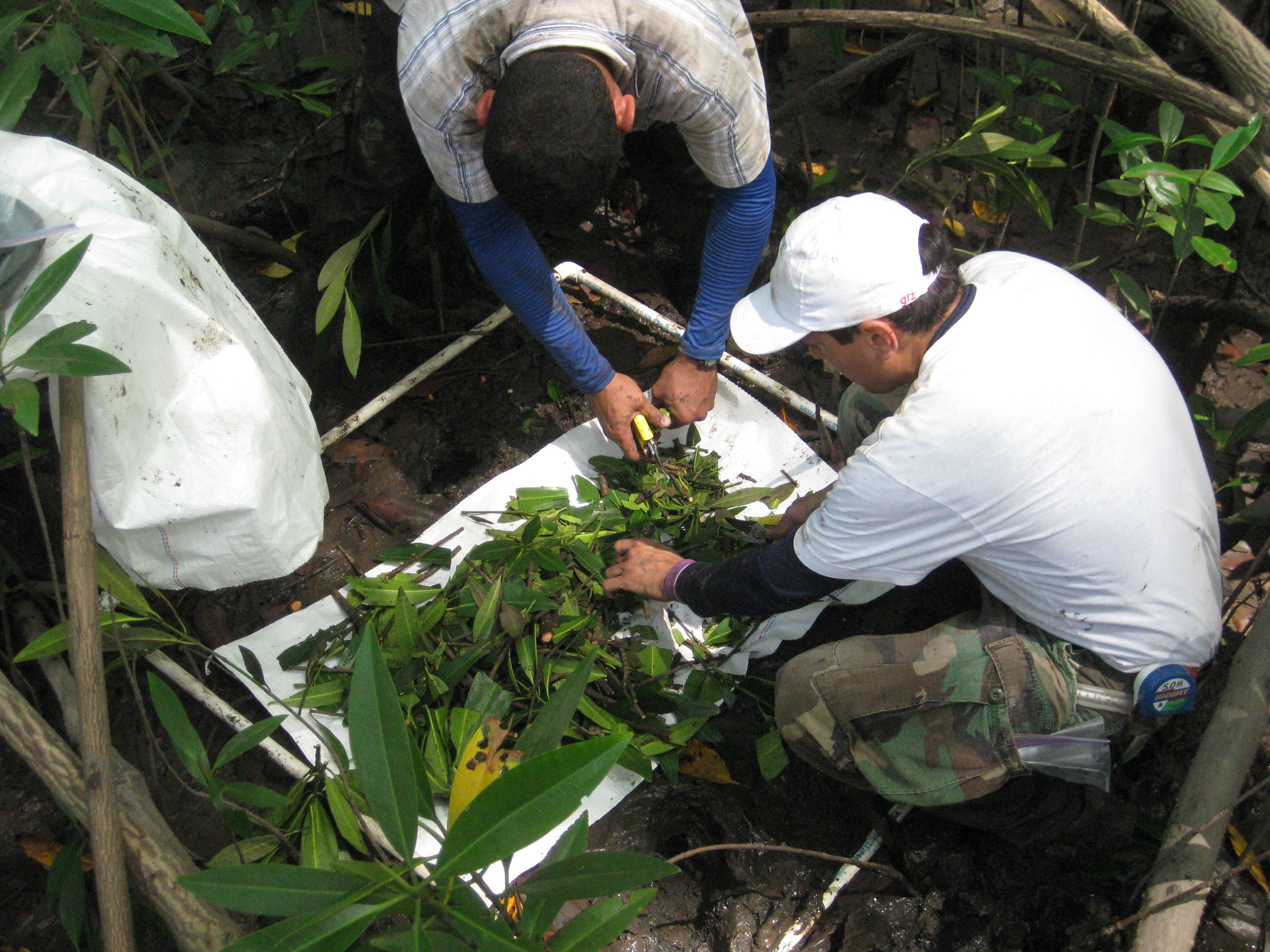Adaptive and participatory locally based management
Communities develop management plans and monitoring protocols based on biological, ecological, socio-economic, cultural and historical gap analyses, as well as mutually agreed targets and objectives. The necessary collection of scientific baseline and monitoring data is conducted in parallel. Additional management activities include establishing proper record keeping and reporting, and building up enforcement mechanisms for protected areas, including prosecution of illegal fishing or poaching.
• Community resource ownership, including a clear view of potential benefits for current community members and future generations, which will result from conservation actions to address perceived ecological problems.
• Support from local and international partners (e.g. NGOs) to assist with management planning, monitoring, and collection of scientifically sound data.
The establishment of a bottom up management approach is a challenge, particularly if traditional leadership is weakened. However, traditional and modern systems can be merged based on dialogue and capacity strengthening at the community level.
